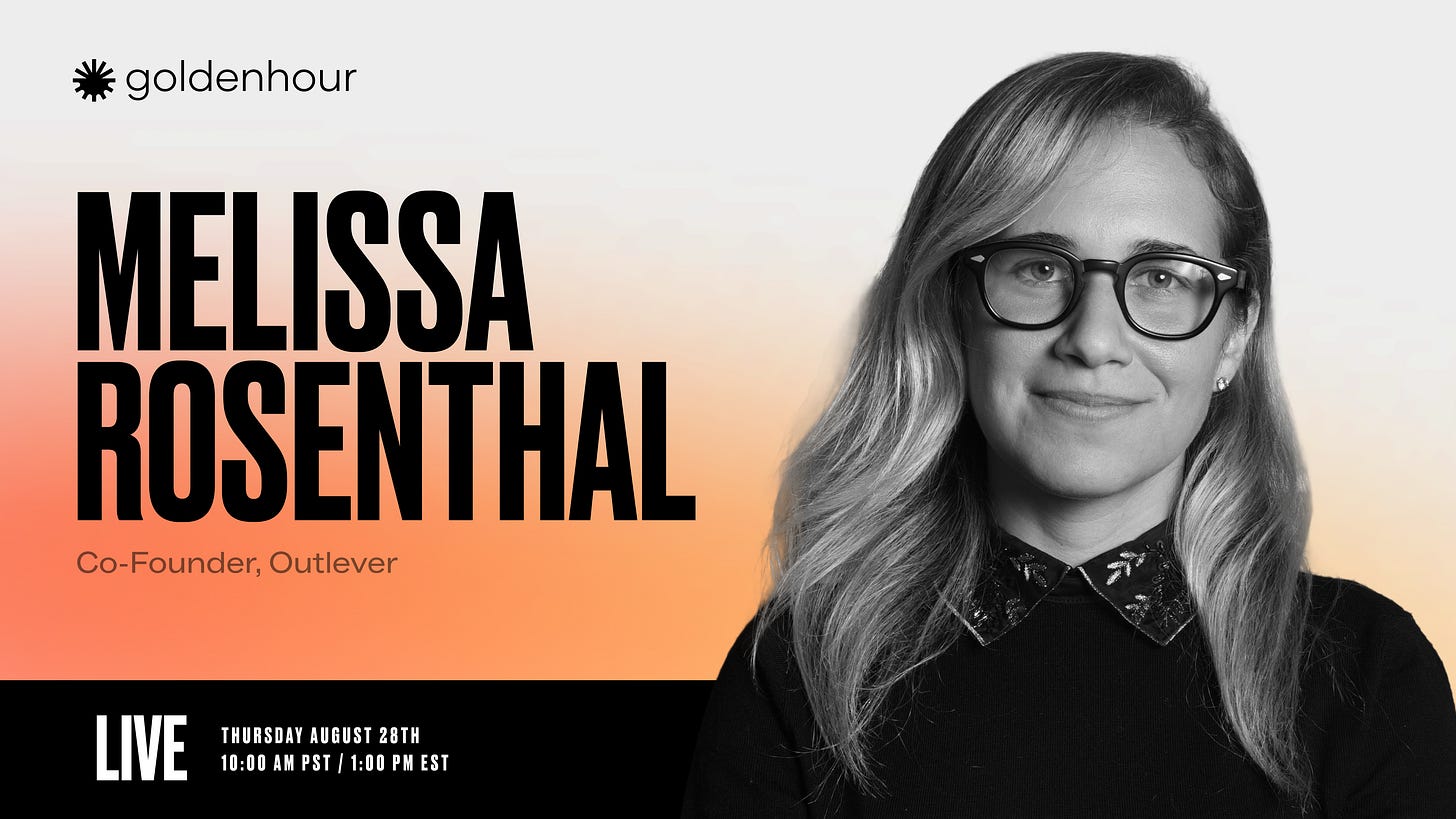The Internet can be a dark place. LinkedIn is no exception.
Just this week, a prominent CMO was unfairly called out in a post — labeled an “influencer” instead of recognized as the distinguished marketing executive he is.
I won’t share the link. No sense driving more engagement to it.
A recent Inc. Magazine piece argued that the rise of B2B influencers, combined with AI-generated slop, is making LinkedIn’s business focus almost unrecognizable:
“One’s feed is inundated with photogenic micro-influencers posting vague life advice alongside high-resolution photos of themselves on beaches, or in planes, or at glitzy conferences.”
These examples are reminders of something I’ve wrestled with since exiting AudiencePlus:
Have we lost our way with B2B content creation?
When I started AudiencePlus, it was with a belief that every business would need to operate like a media company, grounded in three convictions about the future of content:
Create content that is human, not transactional.
Use “rented” channels — LinkedIn, YouTube, etc. — to drive audience engagement.
Convert that audience into owned subscribers, cutting out the algorithmic middleman.
I’ll resist the temptation to make this newsletter a post-mortem on the business.
But I’ve always been troubled by that second conviction. Playing on rented channels means playing by their rules — bending, manipulating, and diluting our messages in pursuit of reach. It feels anything but human. Worse, it incentivizes the kind of ugly behavior I mentioned earlier, all in the name of going viral.
I don’t want to be part of that game anymore.
The problem is, as much as I want out, I know executives can’t afford to sit on the sidelines.
Why executives should create content.
The reality is simple: people buy from people. Purchasing decisions may be justified with reason, but they’re ultimately made with emotion. And the best way to build trusted, emotional relationships at scale is by creating content and sharing it online.
I’ve seen what happens when you don’t.
After announcing my departure from the company, I essentially went dark for six months — no posts, no updates. The silence was so noticeable that friends and peers DM’d and texted me asking if I was okay.
About thirty days ago, I started back up. I launched a live podcast, restarted this weekly newsletter, and began posting consistently on LinkedIn — three to five times a week.
Even without formally announcing my new venture (beyond a vague post), that activity has already generated several leads, invitations to new podcasts, and even the possibility of being quoted in a book.
Why? Because showing up online matters.
Content creates relevance. LinkedIn is today’s version of the trade show floor: if you’re not “exhibiting,” you’re forgotten.
Content creates conviction. The feedback loop from posting — both positive and constructive — not only affirms value but helps sharpen the narrative I’m developing in public.
Content creates opportunity. Whether new prospects, co-marketing initiatives, or unexpected partnerships, visibility draws people in and reminds them who you are and what you stand for.
In fact, I believe deeply that companies that fail to establish brand humanity — with modern content and audience-building as a core pillar — risk fading into irrelevance in the sea of sameness, especially in the AI era.
And brand humanity can’t just be a marketing slogan. It has to be embodied by the people leading the business. Executives who show up, create, and share their perspectives are the ones who give their companies a human face — and in doing so, earn the trust and attention algorithms alone can’t manufacture.
So rather than abandoning content altogether and moving to some remote parcel of land without Internet (trust me, the temptation is there), what we need instead is an amendment to the playbook — one that reimagines how we show up on rented channels without losing our humanity.
How to be a human on LinkedIn.
My intention on LinkedIn moving forward is simple: to show up as my true self and let my humanity come through. I wear many hats — former CMO, founder, husband, father — but “creator” or “influencer” isn’t one of them. Even if others use those labels, they’re not titles I claim.
With that as my True North, here’s how I’m reworking my playbook for rented channels.
Stop obsessing over engagement metrics. Organic reach is down nearly 50% across the platform — chasing the algorithm (and the stress that comes with it) helps no one. Rage-bait and controversy may or may not draw more eyeballs than genuine business insights, but ask yourself: is that really the version of your humanity you want to put on display?
Spend time in the comments section. Being human on LinkedIn means treating it like a real conversation — not just hitting “publish” and waiting for 100K impressions. I approach this in two ways: (1) staying present on my own posts and engaging with every single comment, and (2) carving out time to comment thoughtfully on other people’s posts — adding value, not noise.
Explore post formats that build trust. Do you really think people will buy from you without ever seeing your face? You’re more than an avatar. Post videos and photos (yes, even if you’re an introvert like me) so your audience can actually hear from you. Lately I’ve been experimenting with weekly live video — a format that cuts through polish and production to showcase authenticity in real time.
Use AI as a creative partner, not an autopilot. AI slop is obvious — and unhelpful. Even well-intentioned executives fall into the trap of letting ChatGPT churn out posts, complete with cookie-cutter formats and emoji overload. Don’t let the machine speak for you. Instead, use AI as a collaborator: to spark ideas, refine your thinking, or polish copy — while keeping your voice distinctly your own.
Don’t tie your identity to social media. It may feel strange to say this to seasoned professionals, but executives aren’t immune to the mental health traps of the creator economy. History may ultimately judge social media as more toxic than helpful. Treat it for what it is: a marketing channel, not a mirror of your worth. Build a healthy relationship with it — one where you show up with purpose, but never let it define you.
The truth is, whether we like it or not, LinkedIn’s algorithm is actually getting better. Unlike a year ago, it’s no longer about sheer volume — it’s about serving the right posts to the right people. Which means the old vanity metrics don’t matter anymore.
What matters is showing up as human. Not a creator. Not an influencer.
Do that consistently, and the outcomes will follow.
I’m excited to be diving into this topic with my friend (and content expert) Melissa Rosenthal on Goldenhour Live — this Thursday at 10:00 AM PST, 1:00 PM EST. It’s absolutely free to attend, so just click the image below to register and you’ll get a reminder when we go live.





This spoke to me on so many levels. Nice reinforcement of things I’ve been seeing and thinking. Your last point on mental health effect of social is huge… and I’ve felt it.
I’m also little late in reading this since you’ve posted it, but another reason why I’m diversifying from LinkedIn feed. I need to go watch that recording now!